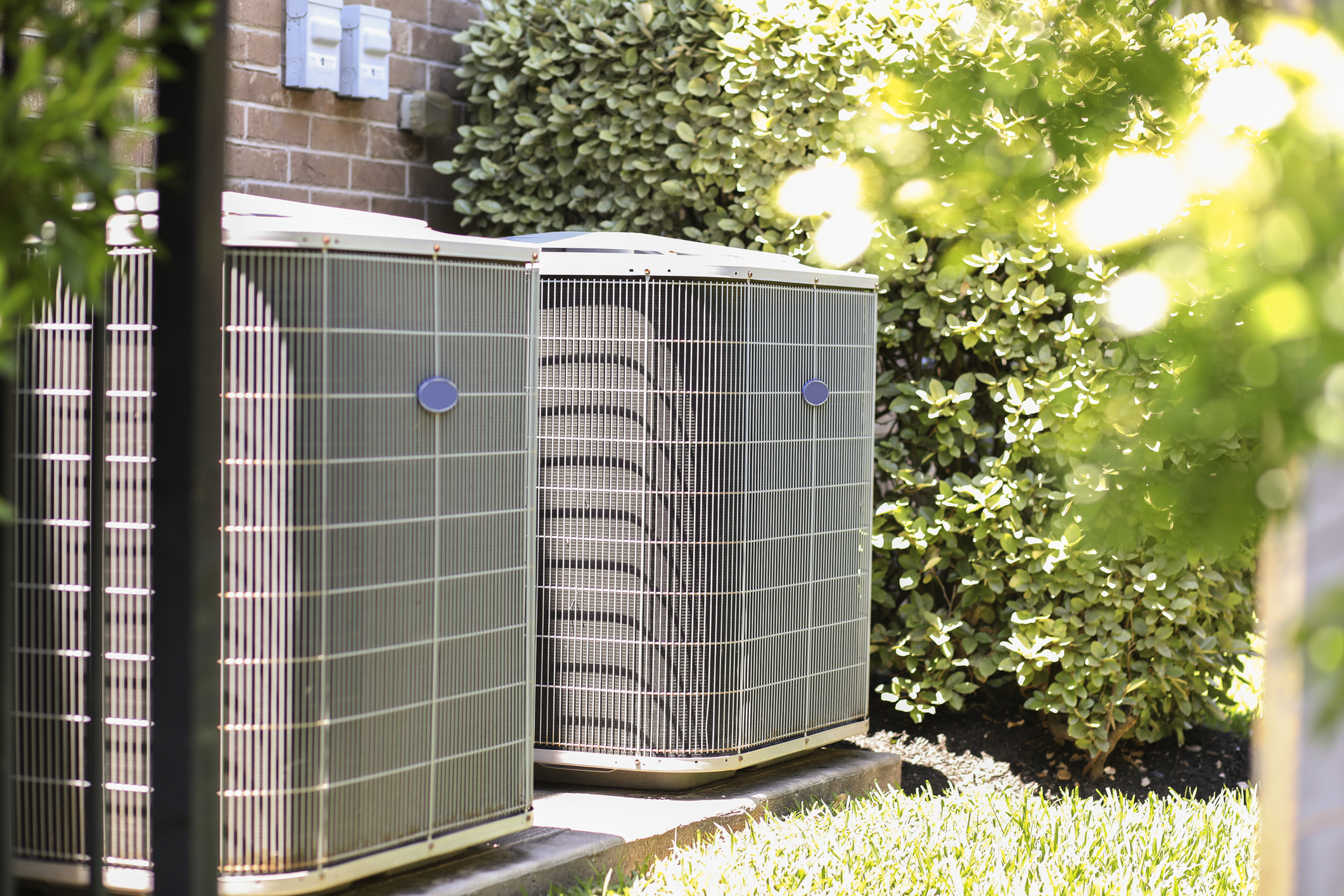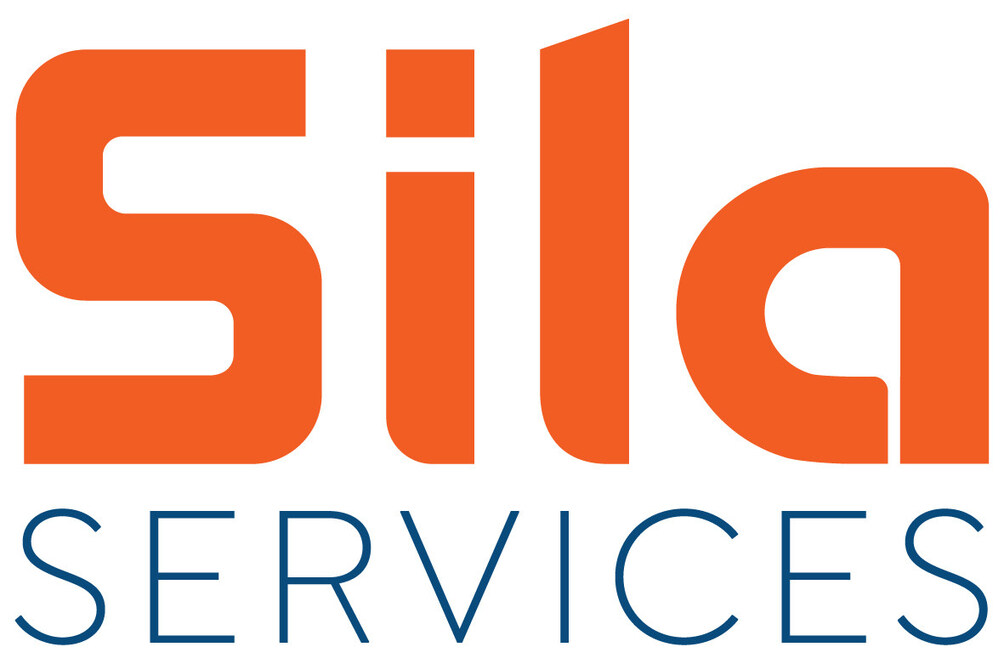
News
Carbon Monoxide: Don’t Forget the Gas Lines
By David Richardson
A few months ago, there was an unfortunate story in the national news about what occurs when gas leaks aren’t discovered and repaired. Three people died from a house explosion after they made multiple calls about smelling gas.
 After the first call, the gas company responded, but it’s unclear what actions they took. Later, another call was received from the same home and the occupants still smelled gas. Firefighters were dispatched to the home and while on the way, it exploded. Let’s look at some lessons we can learn from this tragedy.
After the first call, the gas company responded, but it’s unclear what actions they took. Later, another call was received from the same home and the occupants still smelled gas. Firefighters were dispatched to the home and while on the way, it exploded. Let’s look at some lessons we can learn from this tragedy.
Test Instruments and Accessories
To discover gas leaks, you need the right test equipment. A combustible gas leak detector should be at the top of your list. It helps you find gas leaks quickly and efficiently.
With any test instrument, you get what you pay for. Purchase a quality detector with sensitivity adjustments and both audible and visual alert indicators. An adjustable probe to access tough locations is another important feature. Read the instruction manual and know how to use the detector before searching for gas leaks.
Your initial response might be, “I don’t need no stinking detector! I only use bubbles when I smell gas!” Have no fear, you still need to use bubble solution, just less of it. Choose a bubble solution that clings to the pipe and doesn’t run off once you spray it. Don’t forget to pack extra rags and paper towels to clean up the mess.
Common Gas Leak Locations
There are some locations where gas leaks occur more frequently. Many are found at mechanical joints. The most common sites are:
- Unions
- Gas shut offs
- Pilot tubing connections
- Pitted elbows
- Flared and/or compression fittings
- Wall/cabinet penetrations
- Flexible gas connectors.
Double check older flexible gas connectors to see if they’re uncoated brass. These are a gas leak waiting to happen. The connector ends have a serious design flaw that causes them to break open. Immediately replace these connectors or turn off the equipment. Acceptable connectors are typically coated or stainless steel and have a tag or crimped band around them.
Test Sequence
It’s wise to have a procedure for gas leak testing that’s easy to follow and repeatable. Use the following example to craft your own process and implement into your company procedures.
Before you test, if you smell a strong gas odor once you arrive at the jobsite, it’s best to contact the gas company immediately. Don’t take any unnecessary risks. Play it safe when in doubt.
If you’re on a service or maintenance call, begin with the combustible gas leak detector and follow the manufacturer’s warm up instructions. Once the instrument is ready to use, measure a known combustible gas source to assure the detector reacts. If there is no response, you’ll need to troubleshoot the instrument.
If the instrument responds, set it to the highest sensitivity level and begin testing gas pipe fittings and connections. Move the probe around the gas fitting in a circular motion until you’ve measured 360° around the fitting. For best results, cup your hand around the fitting to isolate the probe and prevent air movement from affecting the measurement.
This sounds like it’s time consuming, but it goes rather quickly with some practice. Remember, the instrument is set to its highest sensitivity, so if you get anywhere near a leak it will respond quickly. Continue to test each gas connection until the detector alerts you.
If the detector alarms, turn down the sensitivity setting and retest the fitting. If the alarm continues, then it’s time to grab the bubble solution. Use it to visualize the gas leak and assure the response isn’t a false alarm. By the way, wet pipe dope can set off many gas leak detectors.
Once you discover a gas leak, mark it for immediate repair.
Next Steps
Take the time to examine your service procedures and see if you’re equipped to properly investigate a gas leak. If you don’t own a combustible gas leak detector, make a commitment to purchase one and learn how to use it. With the right test instruments, searching for leaks doesn’t have to be labor intensive.
Don’t assume a gas line is okay because you don’t smell gas. I’ve been on multiple calls where there was no noticeable gas odor, yet we found numerous gas leaks. To quote my buddy, Scott Suddreth, “If you don’t find many gas leaks, you aren’t looking hard enough.”
Listen to the homeowner – if they smell gas, it’s a good indicator something is wrong. Women tend to have a stronger sense of smell than men. If you don’t find any gas leaks, make sure the smell isn’t coming from flue gases. CO (carbon monoxide) in its pure form is odorless, but other combustion byproducts have an odor.
Document these situations with measurements and take geo tagged (location specific) photos of leaks. If you discover a dangerous situation, do something about it to protect your customers and company.
About the Author
David Richardson serves the HVAC industry as a curriculum developer and trainer at the National Comfort Institute, Inc. (NCI). NCI specializes in training focused on improving, measuring, and verifying HVAC and Building Performance.
If you’re an HVAC contractor or technician interested in learning more about adding carbon monoxide testing to your services, contact David at davidr@ncihvac.com or call him at 800-633-7058. NCI’s website www.nationalcomfortinstitute.com is full of free technical articles and downloads to help you improve your professionalism and strengthen your company.














